The Moon does not produce its own light. We see it because sunlight reflects off the lunar surface, but Why does the Moon look white??
If you could actually stand on the Moon, it would look mostly gray with brown and yellow areas, depending on the minerals present.
The Moon appears white for several reasons.
The surface of the Moon is covered by a layer of dust, which is mainly composed of gray basalt. This layer of dust is called regolith.
Regolith reflects light from the Sun without favoring any particular wavelength. This means that our brain processes the light we see reflected as white.
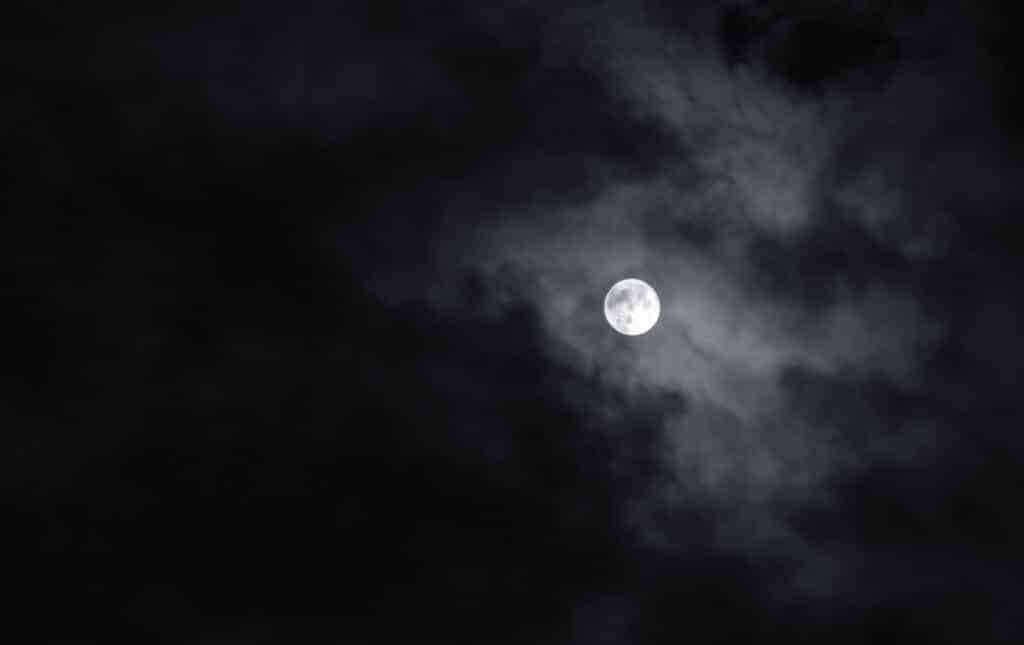
Changing Colors of the Moon
You may have noticed that in addition to appearing white, sometimes the Moon appears yellow, orange or even blue.
Of course, the Moon is always the same color, but it looks different to us on Earth when light waves from the Sun are reflected from the Moon back to Earth. Particles in Earth's atmosphere can cause light waves to scatter, changing the appearance of the moon. Air pollution and the position of the moon can also cause it to appear different colors.
Yellow or orange moon
The moon appears yellow or orange when it is near the horizon. This means that the light reflected from the Moon has to pass through more atmosphere than usual. Short wavelength colors are scattered, but we see longer wavelength colors, such as yellow and orange.
A yellow/orange moon is sometimes called harvest moonAs in the days before outdoor lighting, the light of the large harvest moon allowed farmers to work longer once the sun set.
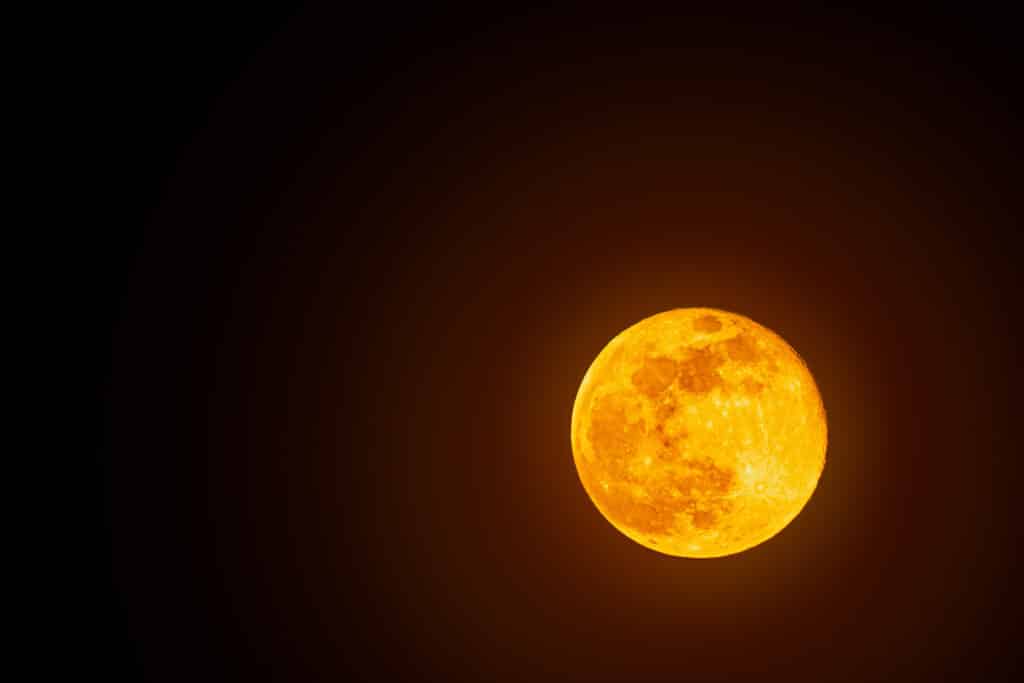
blue Moon
A blue moon is rare, hence the saying “once in a blue moon.” Blue moons occur when the atmosphere is dusty, such as after a volcanic eruption. The red wavelengths of light are scattered, making the Moon appear blue.
Red Moon
Red moons are known as blood moons. This color change occurs during a total lunar eclipse when the Earth blocks most of the sun's light. The light that manages to reach the Moon has to first pass through the Earth's atmosphere. The shorter wavelengths of light are scattered, so only longer wavelengths are left to reflect back to us.
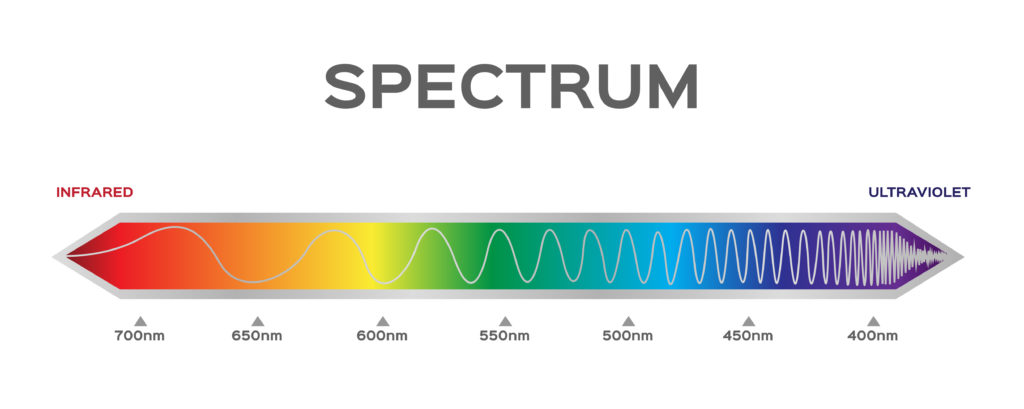
More about the Moon
Discover how craters form on the moon with a simple scientific activity using marbles.
Learn about him moon phases with oreos!
Build a model of a lunar eclipse.
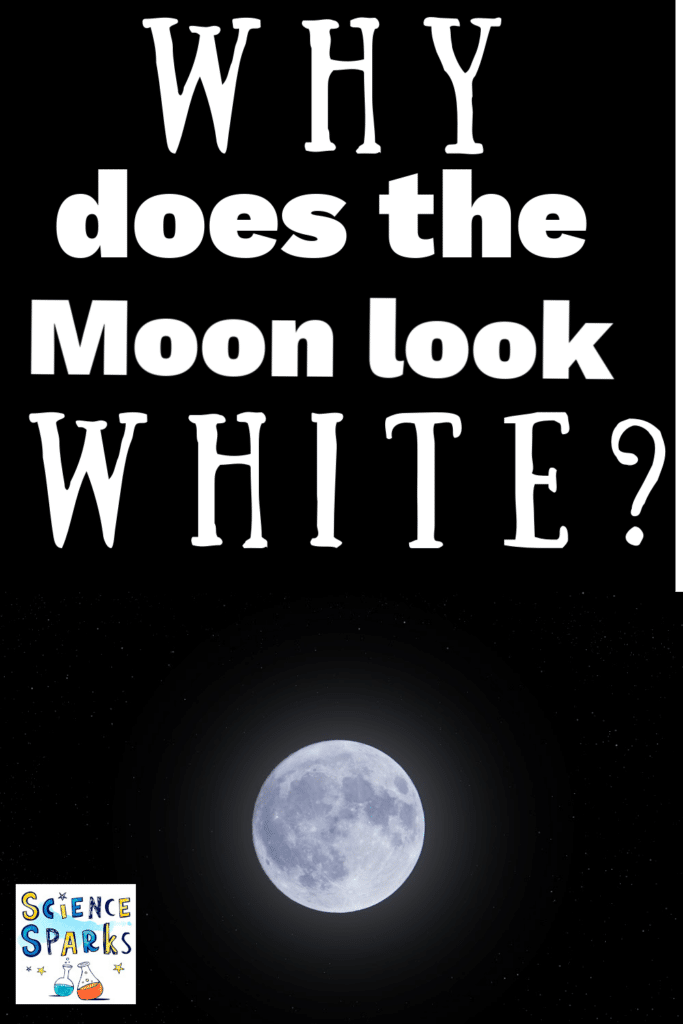
Last updated on April 17, 2024 by Emma Vanstone










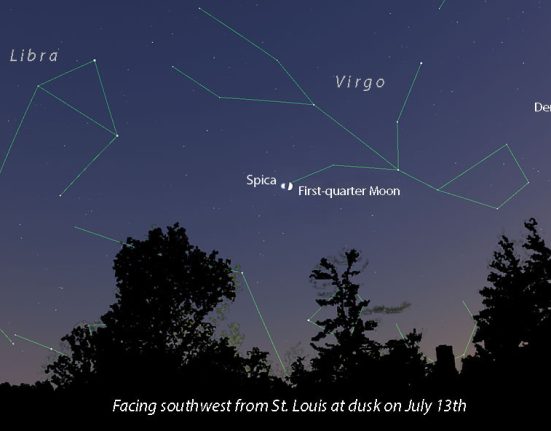
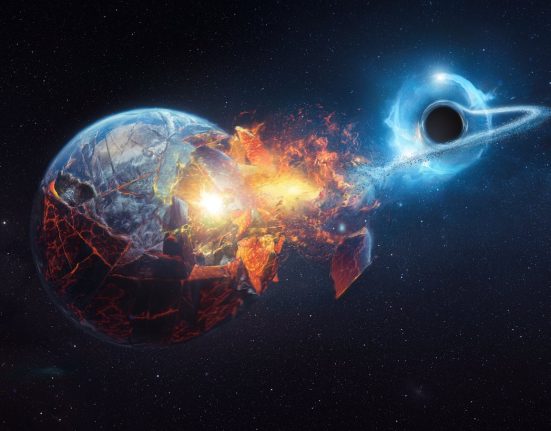

Leave feedback about this